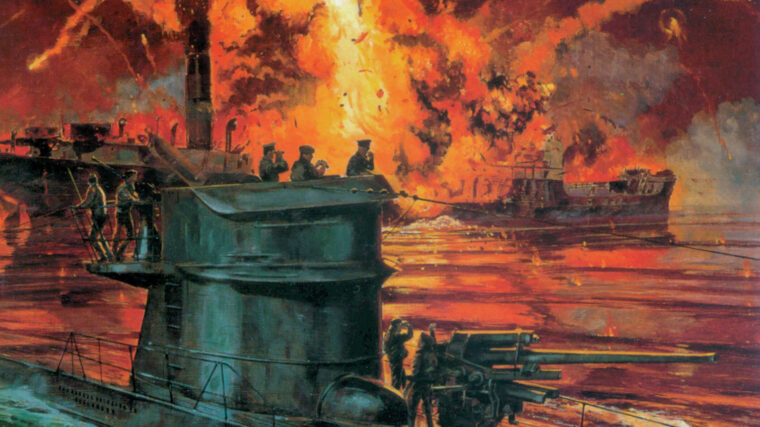
Latest Posts
Q-Ships in World War II
By William H. LangenbergAs an effective naval weapon, submarines were in their infancy when World War I began in August 1914. Read more
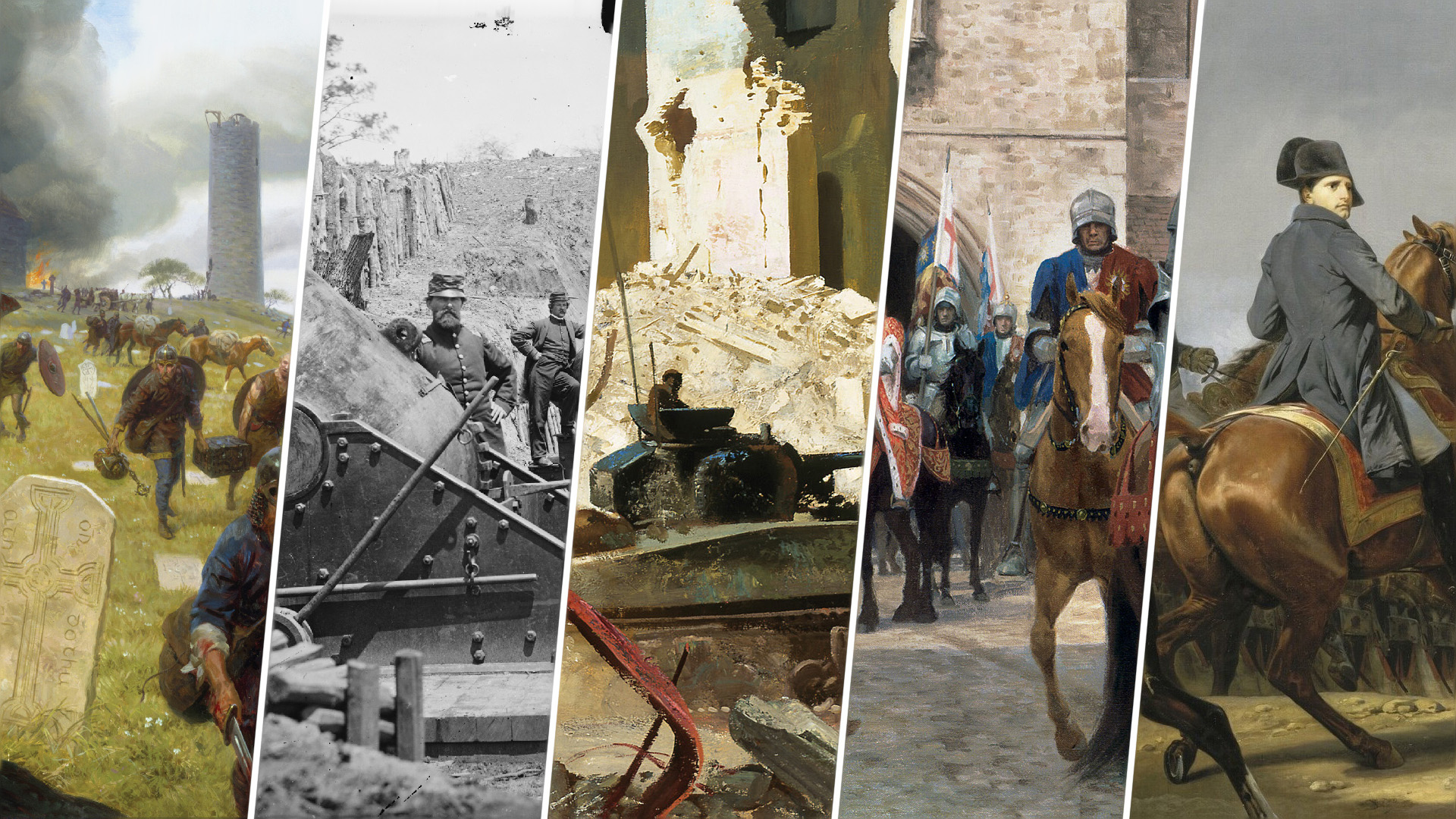

Latest Posts
As an effective naval weapon, submarines were in their infancy when World War I began in August 1914. Read more
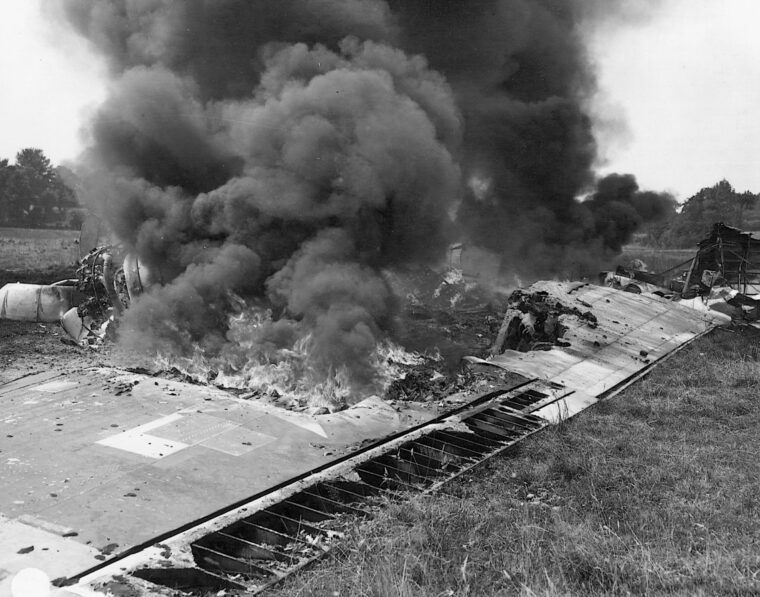
Latest Posts
A few moments after his stricken Boeing B-17 Flying Fortress bomber tore apart, co-pilot Ralph Patton hurriedly put his bail-out plan into action. Read more
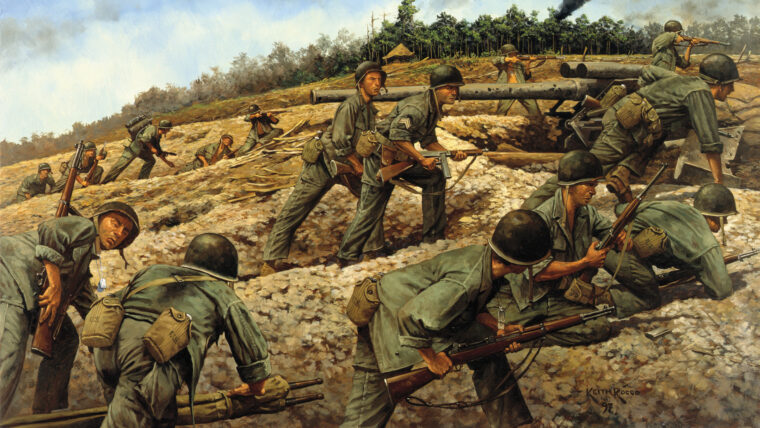
Latest Posts
In April 1944, General Douglas MacArthur’s Southwest Pacific forces took a giant 600-mile leap along the north coast of New Guinea with their landing at Hollandia. Read more
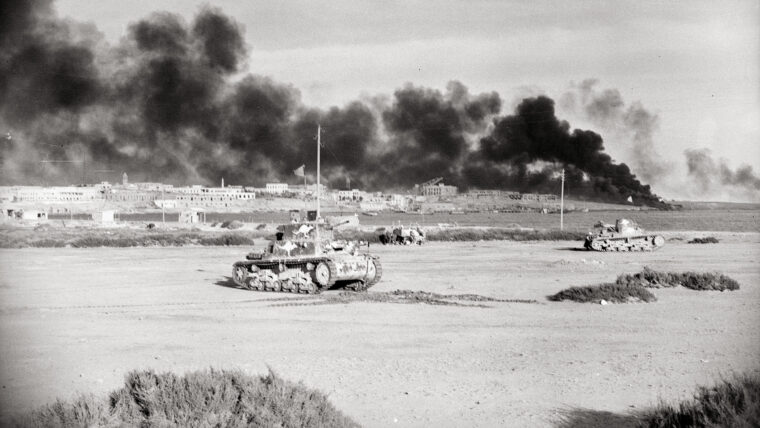
Latest Posts
Sidi Barrani, Bardia, Sollum, Sidi Rezegh, Mersa Matruh, Bir Hacheim, El Agheila, Beda Fomm, Sidi Omar, Benghazi … The names of many remote villages in North Africa were written into history in 1941-1942 as British and Axis armies battled back and forth across the scrubby desert wastelands of northern Egypt and Libya. Read more
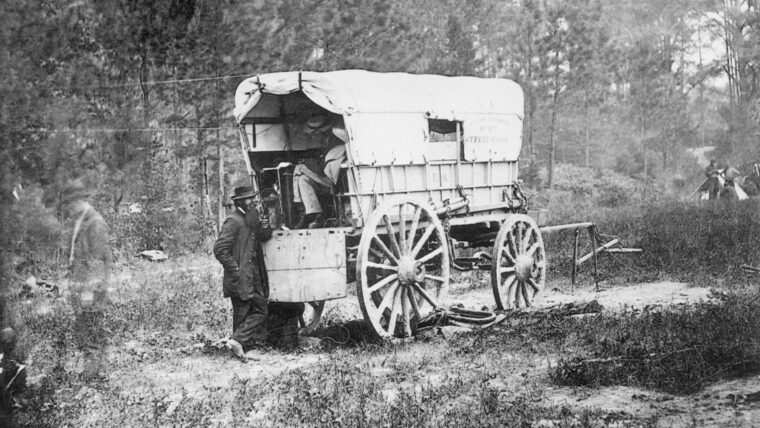
Latest Posts
Early in the American Civil War, during the first months of 1862, Union General Henry Halleck, commanding from his headquarters in St. Read more
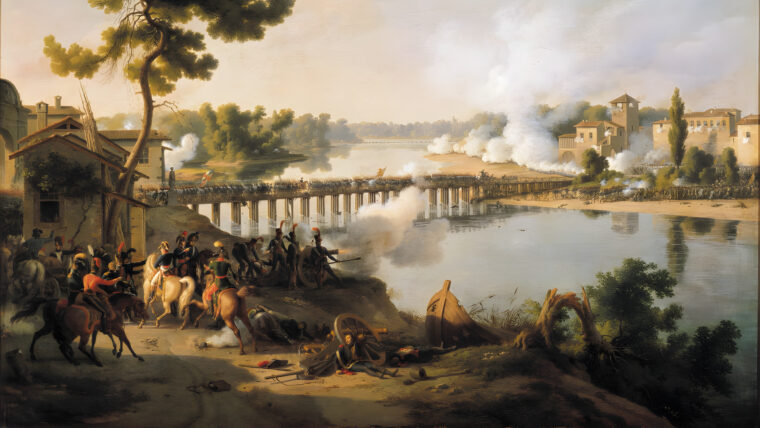
Latest Posts
The newly appointed 26-year-old commander-in-chief of the French Army of Italy arrived at Nice headquarters on March 27, 1796. Read more
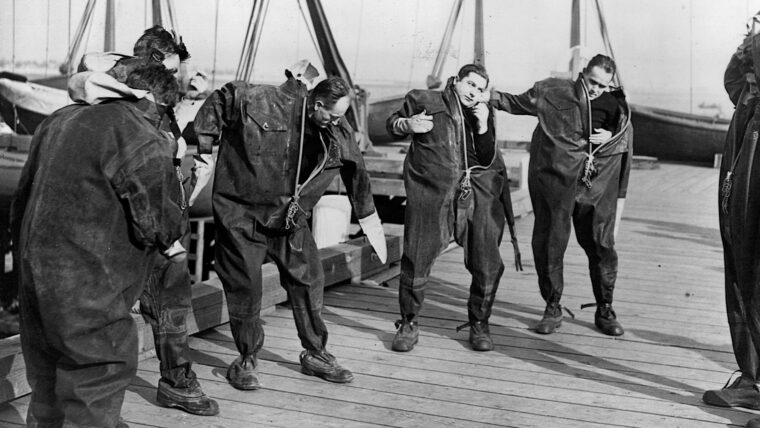
Latest Posts
The harsh elements of the world’s oceans and seas were undoubtedly just as dangerous to U.S. sailors as the German or Japanese navies. Read more
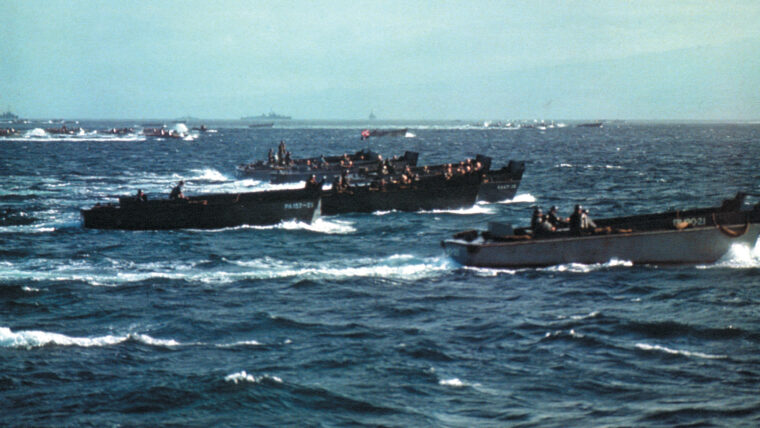
Latest Posts
In November 1941, the U.S. Asiatic Fleet weighed anchor in Shanghai, China, for the last time. Alarmed by the growing hostility and aggressiveness of the Japanese, Admiral Thomas Hart ordered the outnumbered and outgunned American vessels moved to the relative safety of Manila Bay in the Philippines. Read more
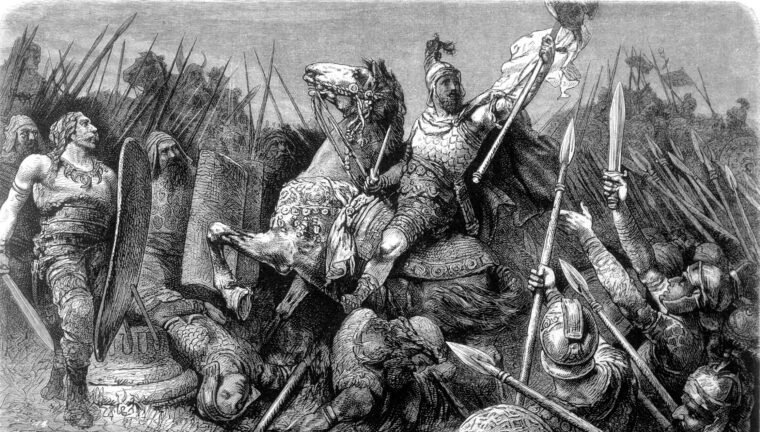
Latest Posts
It was a sorry tale. A brilliant general, military hero, and faithful servant of the state, blind and reduced to penury in his old age, sitting on the main street of Constantinople begging for his living. Read more
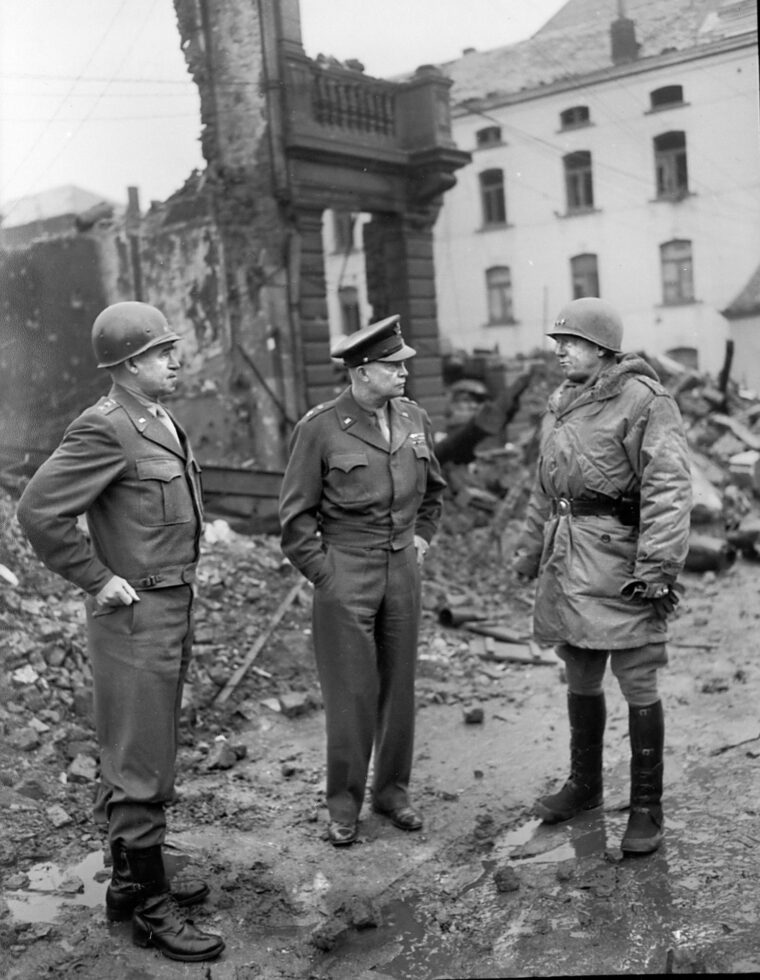
Latest Posts
The U.S. Army’s summer campaign of 1944 proved hard-fought, but successful. The Normandy landing succeeded in establishing a lodgment in mainland Europe. Read more
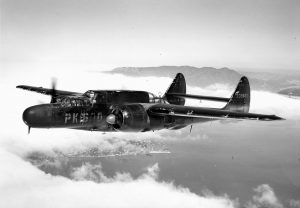
Latest Posts
On September 20, 1944, 1st Lt. Joe Paul Hendrickson said goodbye to his wife and two small children. Read more
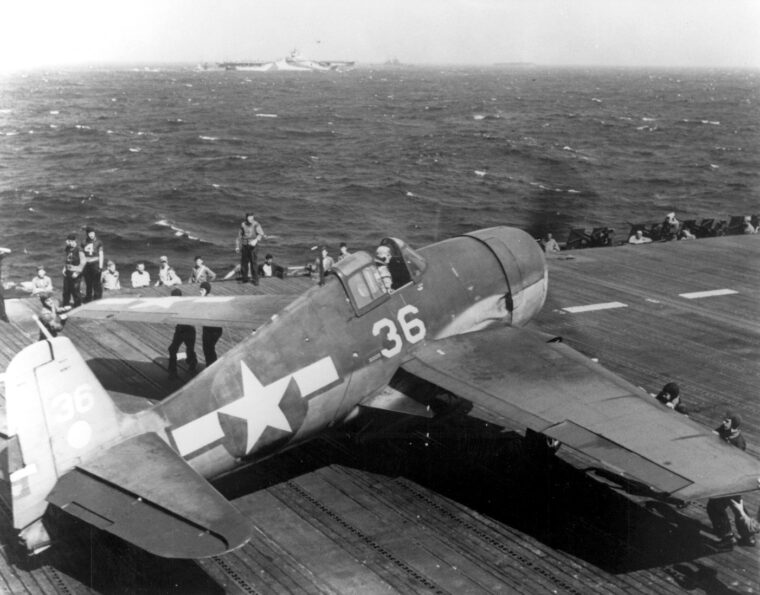
Latest Posts
Georgia-born Hamilton McWhorter III wanted to be a fighter pilot. When the Pearl Harbor attack happened on December 7, 1941, he was a naval aviation cadet still in training. Read more
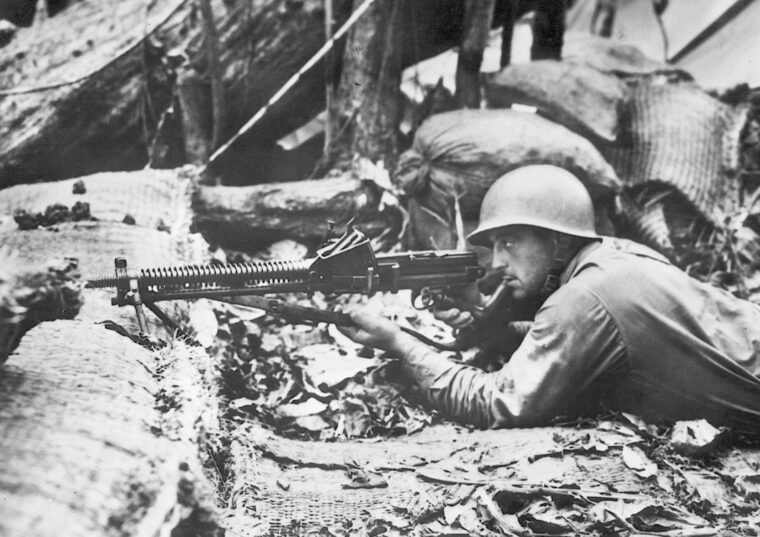
Latest Posts
William Swanson described himself as an ordinary rifleman, but there was nothing ordinary about his experiences as a United States Marine in World War II. Read more
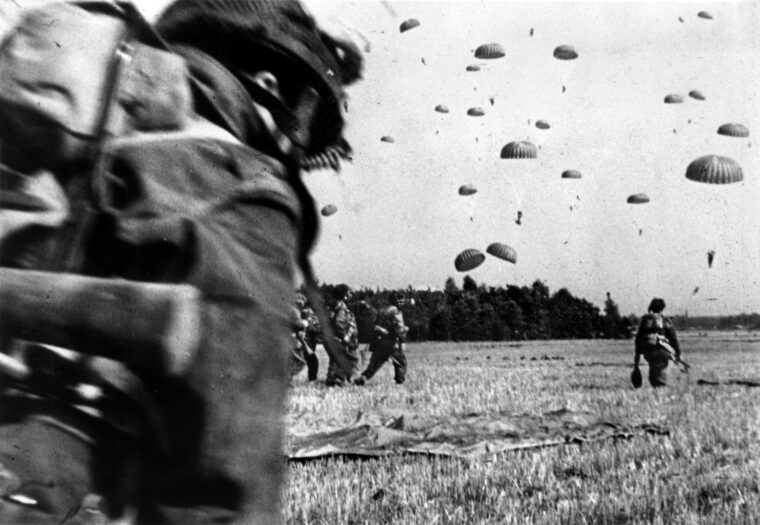
Latest Posts
Trapped in a reserved occupation which prevented him from enlisting, Des Evans abandoned his job and ran off to join the army. Read more
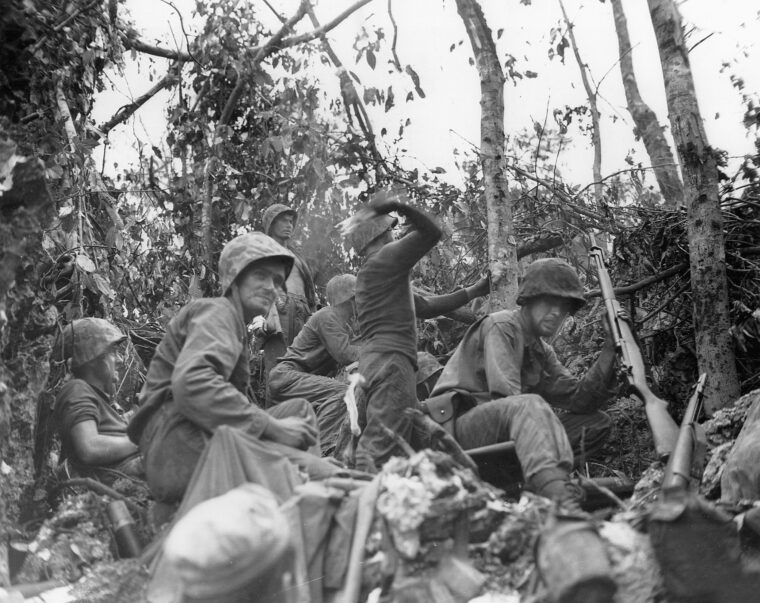
Latest Posts
Emilio Magliacane, a second-generation Italian from Boston, joined the Marine Corps in 1942. After training he went to the Pacific, assigned to Company A, 1st Battalion, 5th Marines, 1st marine Division. Read more
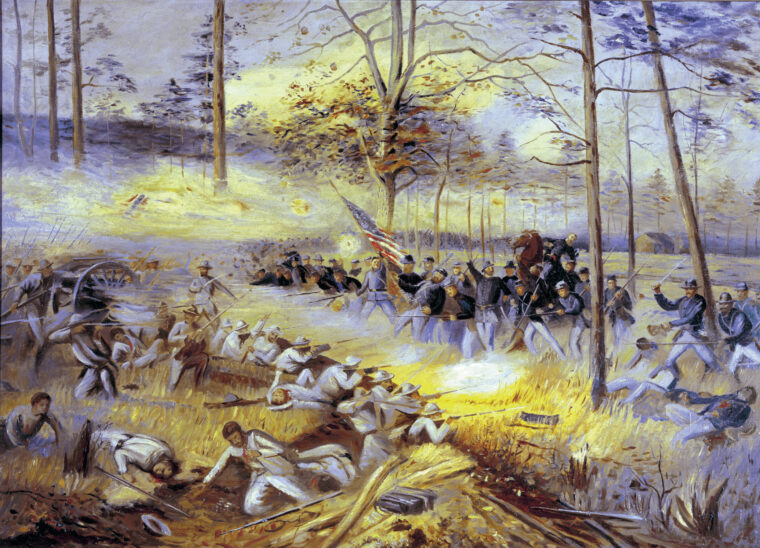
Latest Posts
It had been a little over six months since Major General William S. Rosecrans and his Army of the Cumberland had checked the Confederates at the Battle of Stones River (December 31,1862–January 2,1863). Read more
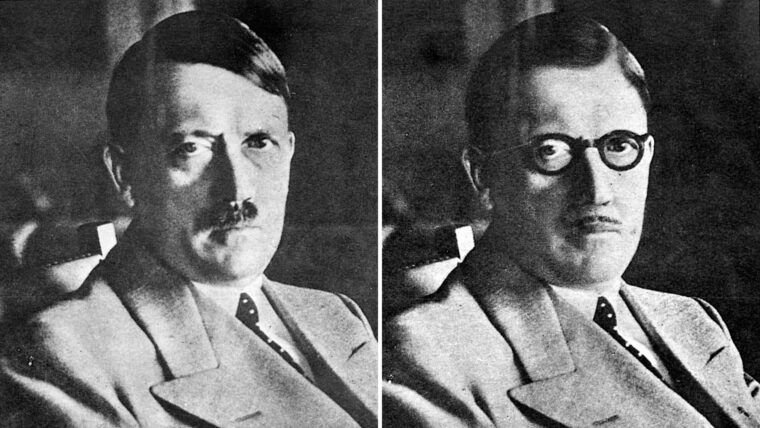
Latest Posts
As the Allied armies in the West closed in on Germany in late September 1944, one question began to dog many of democracy’s leaders. Read more
Latest Posts
Convoy HG-76 departed Gibraltar for Liverpool in December 1941. The 32 ships had to make a2,000-mile voyage, braving the dangers of German U-Boats and maritime strike aircraft. Read more
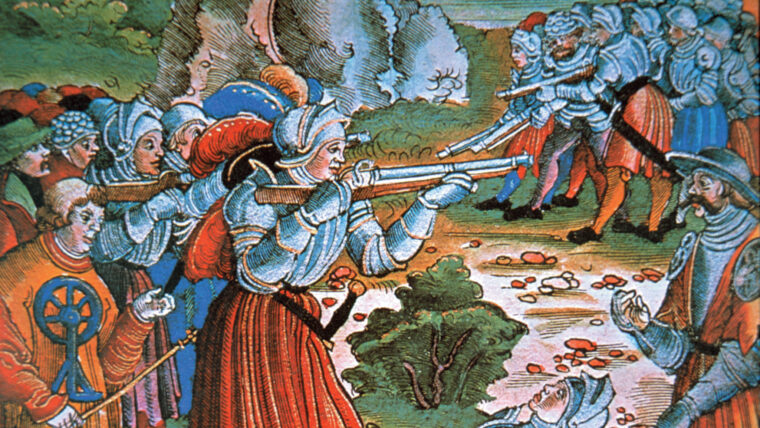
Latest Posts
In 1503, near the northern Italian town of Cerignola, the famous Spanish commander Gonsalvo de Cordova, Viceroy of Naples (to be known to military history as “The Great Captain”), resolved to turn and stand before the pursuing French army. Read more
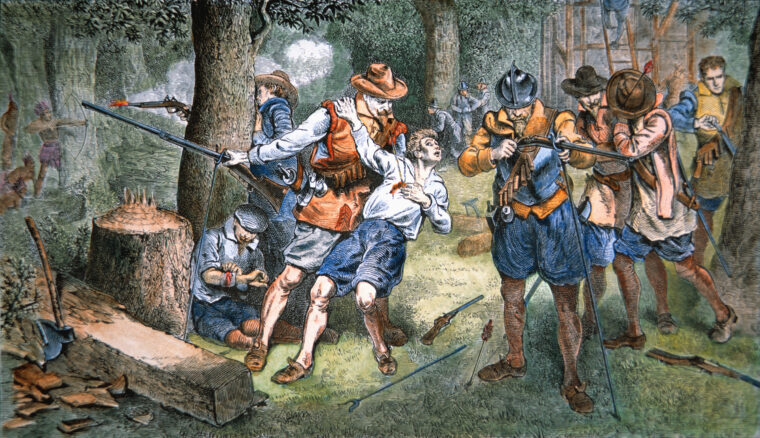
Latest Posts
On April 26, 1607, three small English ships arrived at the mouth of the Chesapeake Bay after a grueling and contentious four-month voyage. Read more